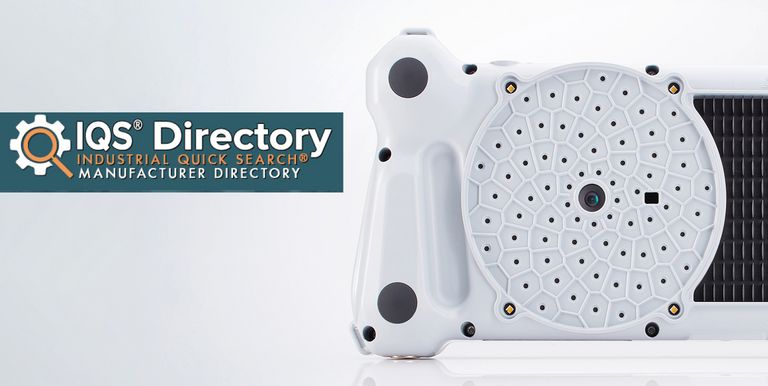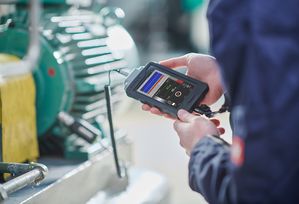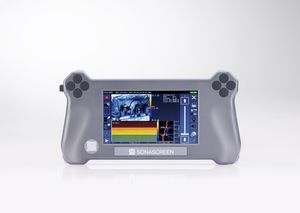Predictive Maintenance - The Future of Data Based Technology

Introduction to Ultrasonic Predictive Maintenance
Ultrasound predictive maintenance is now at the same level as other predictive technologies, such as vibration analysis and infrared imaging. It uses ultrasonic acoustic detectors which have the ability to detect wavelengths of sounds which are inaudible to the human ear. It is very popular among plant monitoring units because of its diverse usage and reduced operational costs. Above all, it is very easy to use. This sensing technology can be efficiently used to expose leakages, mechanical faults in motors or gear boxes, and deficiencies in high voltage environments.

How Does it Work?
Ultrasonic detectors hunt out ultrasound waves. Ultrasound waves are sound waves with wavelengths between 20kHz to 100kHz. This frequency is above the normal hearing range of humans. Ultrasonic acoustics detect these wavelengths generated by vibrations in any form of matter i.e. solid, liquid, or gas.
Once picked up, the ultrasonic predictive maintenance software can analyze the data and specify the type of damage expected. Along with the location of equipment failure it also helps the user predict the time one has before the part ceases to operate and damages the whole operation. Some principles of operation include:
● Ultrasound does not propagate for longer distances.
● It always travels in a direction.
● It does not disperse much in the air because it tends not to travel around round corners.
● Damaged equipment starts producing ultrasound way before it starts producing audible wavelengths.
● It is simple to utilize highly directional sensing devices because of the short wavelength, allowing the direction of an ultrasound source to be detected to a couple of degrees.
Applications of Ultrasonics in Predictive Monitoring
Compressed Air Leak Management
Compressed air leaks are usually audible by the human ear, but finding out the exact location is a difficult task due to background noise on factory floors. Since ultrasound waves are directional, these can be easily caught by ultrasound detectors. This simple instrument can save tens, sometimes hundreds, of thousands in energy costs. Along with simple airborne ultrasonic detectors, there are now acoustic cameras available in the market. These cameras can not only identify the source of sound but also provide a visual imaging to give even better clarity of the leak.
Condition Monitoring
Condition-based monitoring of rotating and non-rotating machinery is another application. In both types of machinery, frictional forces with high-frequency ultrasonic fingerprints are produced by industrial equipment. Ultrasound condition monitoring offers overall data that indicates increased friction levels due to random hitting, chafing, and fissures. It is a frontline defense, especially for machines that have been neglected due to time and costs.
Acoustic Condition Based Lubrication
The parts of machinery that use up the lubrication, primarily roller bearings, create sounds that can be caught by ultrasonic equipment up to in the form of dB levels. These ultrasonic alarms can alert the user when either lubrication is needed or there is too much lubrication.
Electrical Usages
Routine scans of switchgear, substations, and high kilovolt transmission and distribution lines are usually in the electrical maintenance department, demonstrating the adaptability of ultrasonic examinations. Concerns regarding safety are escalating, particularly about the risks of arc flash. Inspectors use ultrasound detectors to hear the frequencies of ultrasound inside the cabinet before accessing high and medium voltage electric panels.
Steam Trap Inspections
Steam traps are valves that open and close automatically to remove condensate, air and incondensable gases from the steam system. Because these affect the total system efficiency, ultrasonic inspections of the complete steam system will uncover leaks, bottlenecks, jammed valves, and faulty traps. Increasing steam efficiency results in significant cost savings and improved product quality.
Featured article from IQS Directory

